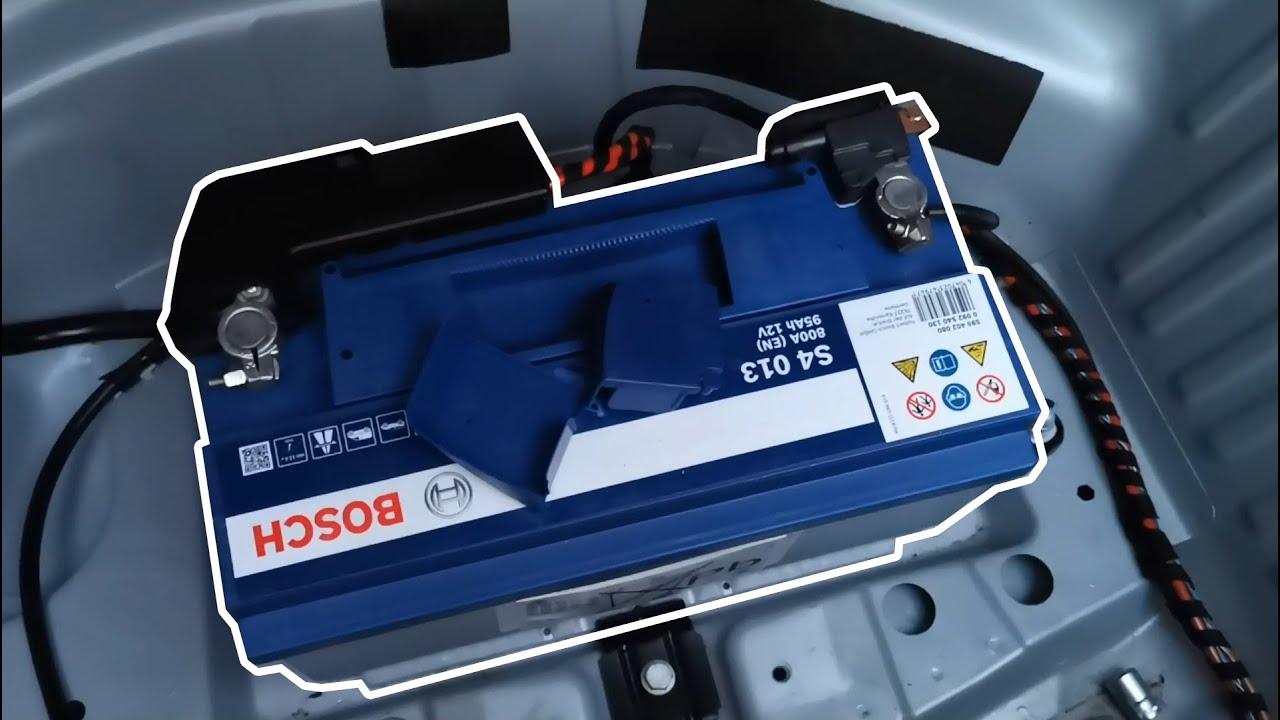Comprehensive Guide to Audi Battery and Alternator Maintenance
Maintaining the battery and alternator in your Audi is crucial for ensuring the vehicle operates efficiently and reliably. Here’s a detailed guide on how to address and prevent issues related to these essential components.
Symptoms of Battery and Alternator Issues
- Dim or Flickering Headlights: This can indicate a failing alternator that’s not properly charging the battery.
- Dashboard Warning Lights: Lights such as the battery icon or ALT (alternator) light may illuminate.
- Slow Engine Crank: Difficulty starting the engine can be a sign of a failing battery.
- Engine Stalling: A dying alternator can cause the engine to stall during operation due to inadequate electrical power.
- Unusual Battery Behavior: A dead battery despite recent charging could indicate an alternator issue, not charging the battery effectively.
Diagnosing Issues
Use diagnostic tools to accurately determine the cause of battery and alternator issues. These tools can help pinpoint specific electrical faults and guide your maintenance strategy.
Safety Precautions for Battery Replacement
- Wear Protective Gear: Safety glasses and gloves are essential to protect against battery acid.
- Work in a Ventilated Area: Ensure the working area is well-ventilated to avoid inhaling harmful gases.
- Disconnect the Negative Terminal First: This prevents the risk of electrical shorts while working on the battery.
Removing an Old Battery
- Locate the Battery: Find the battery, usually situated in the engine bay or trunk.
- Disconnect Terminals: Start with the negative terminal, followed by the positive.
- Remove Securing Bracket: Unscrew the bracket or clamps holding the battery in place.
- Lift Out the Old Battery: Carefully remove the battery to avoid spilling or dropping.
Choosing a Replacement Battery
- Check Specifications: Ensure the replacement battery matches your Audi’s requirements regarding size, capacity, and power.
- Consider Climate and Usage: Choose a battery suited to your environment and driving habits.
- Quality Brands: Opt for reputable brands with good warranties to ensure longevity and reliability.
Installing a New Battery
- Place the New Battery: Set it securely in the battery tray.
- Connect Terminals: Attach the positive terminal first, then the negative.
- Secure the Battery: Fasten the securing bracket or clamps.
- Test the Installation: Start the car to check if the battery is functioning properly.
Alternator Replacement Considerations
- Disconnect the Battery: Always disconnect the battery before starting work on the alternator.
- Remove the Old Alternator: Unbolt and disconnect the old alternator from the engine.
- Install the New Alternator: Mount the new alternator, ensuring all connections are tight and secure.
- Reconnect the Battery: After installation, reconnect the battery and test the alternator with a voltmeter to ensure proper function.
Testing New Components
- Battery Test: Check the battery voltage to ensure it’s around 12.6 volts.
- Alternator Test: Verify that the alternator provides a charge between 13.5 and 14.5 volts.
- Check for Errors: Re-run diagnostic tests to ensure no new codes or faults have arisen.
Conclusion
Timely maintenance of the battery and alternator in your Audi not only prevents inconvenient breakdowns but also ensures that your vehicle remains reliable and efficient. Regular checks, using the right tools, and following proper installation procedures are key to extending the life of these critical components. Always consult professional help when in doubt, especially for complex issues, to maintain your Audi’s performance and safety standards.
